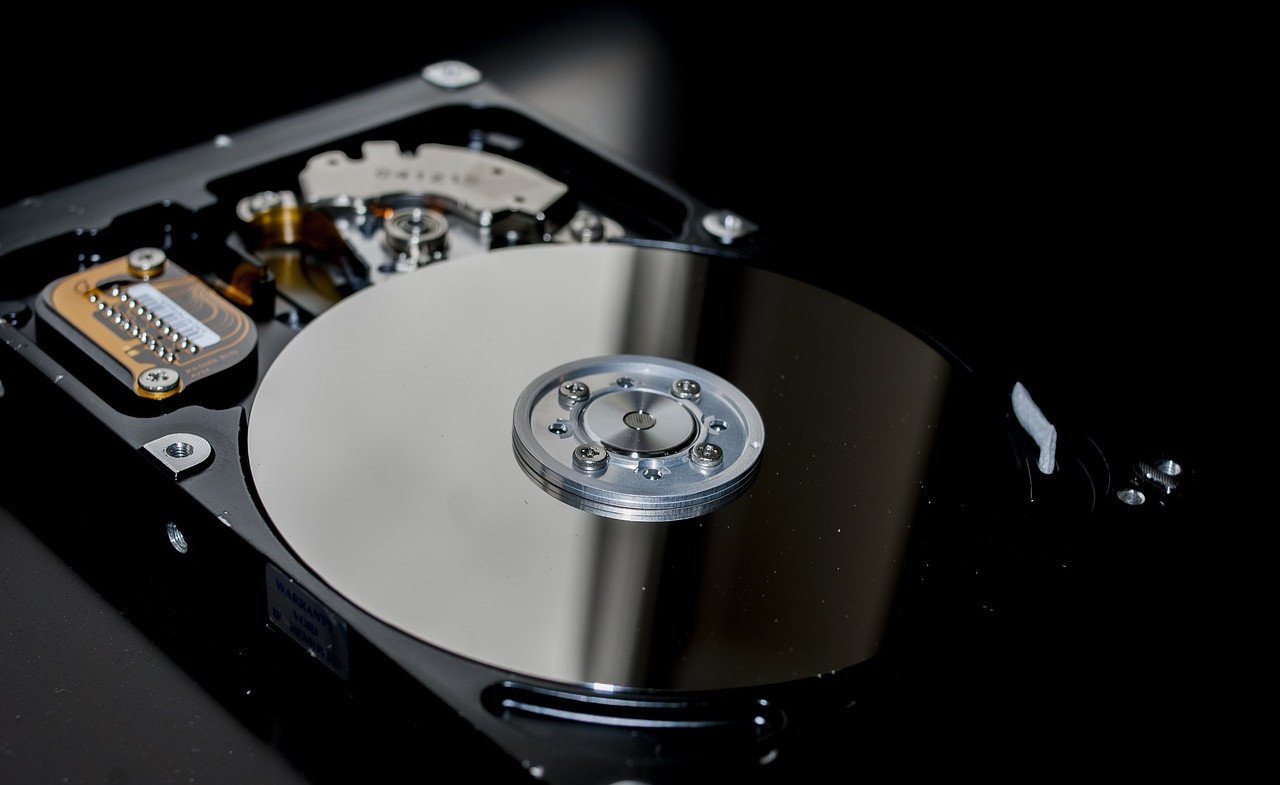Data recovery is possible because a file and the information about that file are stored in different places. For example, the Windows operating system uses a file allocation table to track which files are on the hard drive and where they are stored. The allocation table is like a book’s table of contents, while the actual files on the hard drive are like the pages in the book. When data needs to be recovered, it’s usually only the file allocation table that’s not working properly. The actual file to be recovered may still be on the hard drive in flawless condition. If the file still exists — and it is not damaged or encrypted — it can be recovered. If the file is damaged, missing or encrypted, there are other ways of recovering it. If the file is physically damaged, it can still be reconstructed. Many applications, such as Microsoft Office, put uniform headers at the beginning of files to designate that they belong to that . Some can be used to reconstruct the file headers manually, so at least some of the file can be recovered.
Data Recovery / Backup


